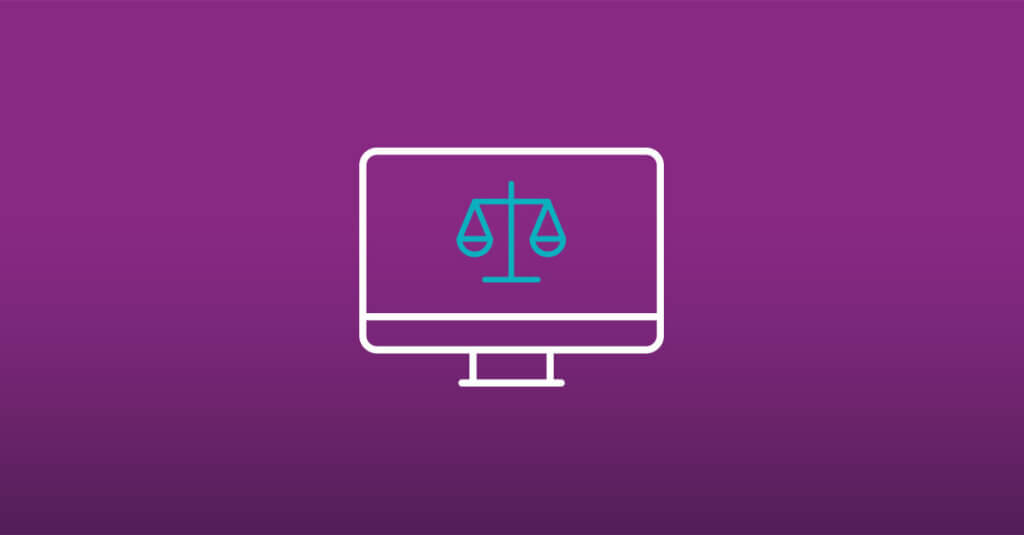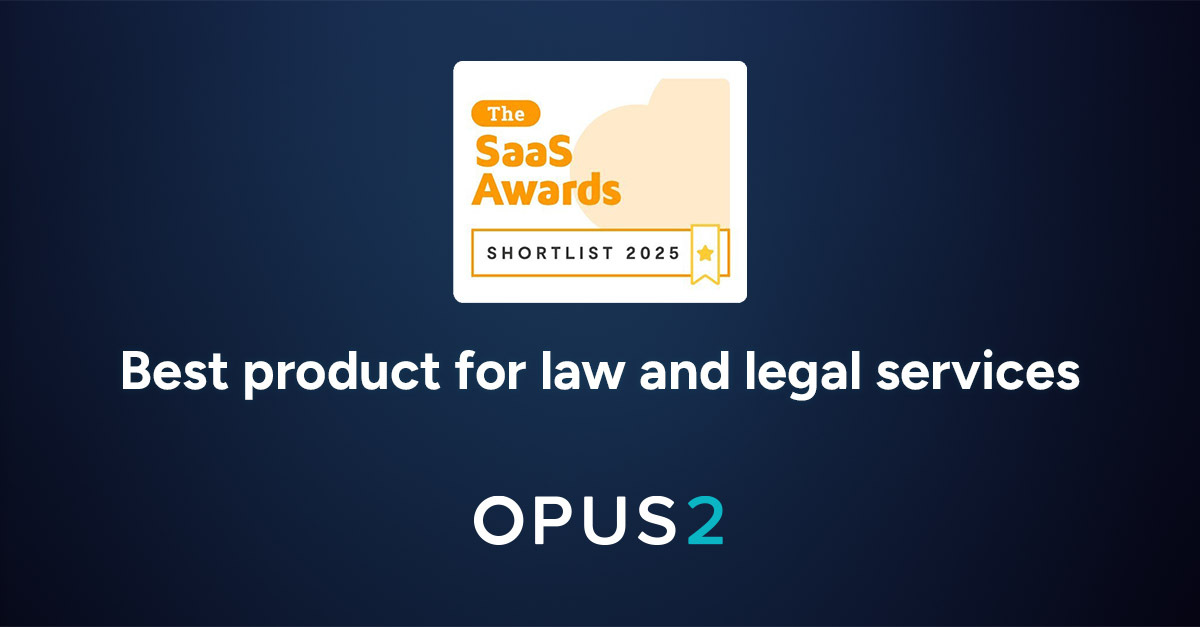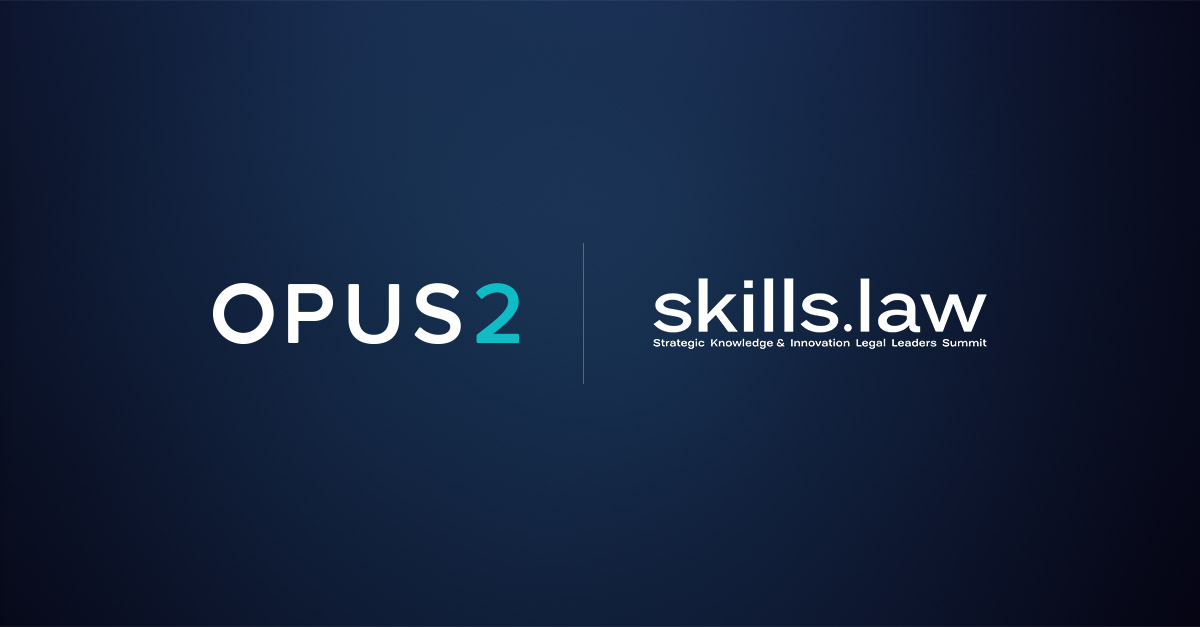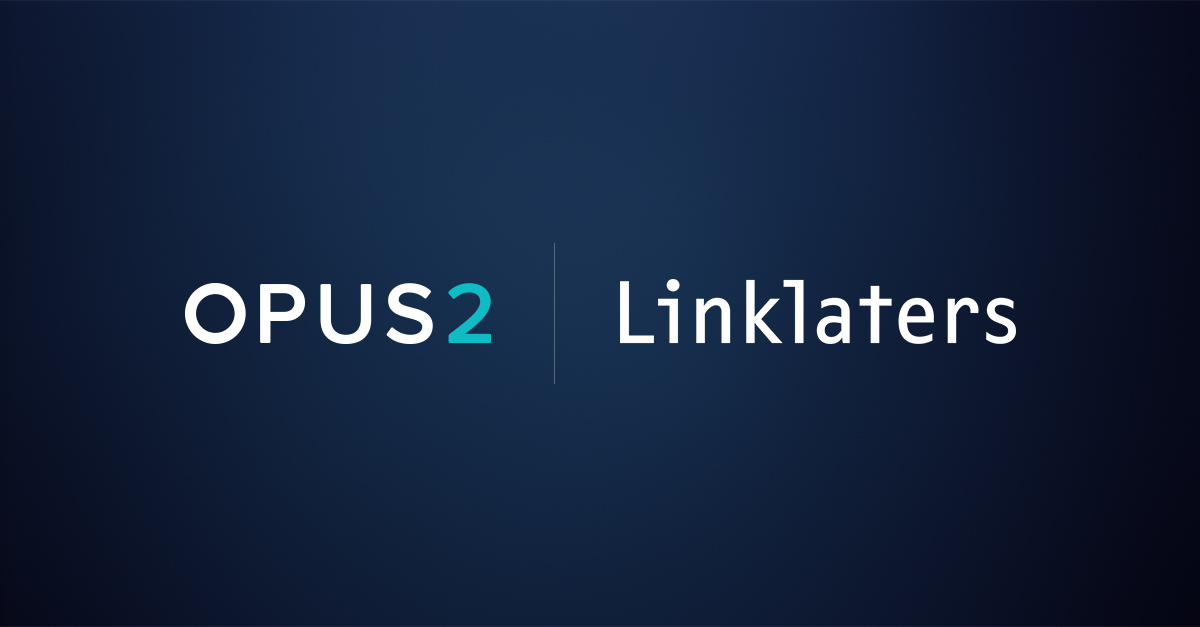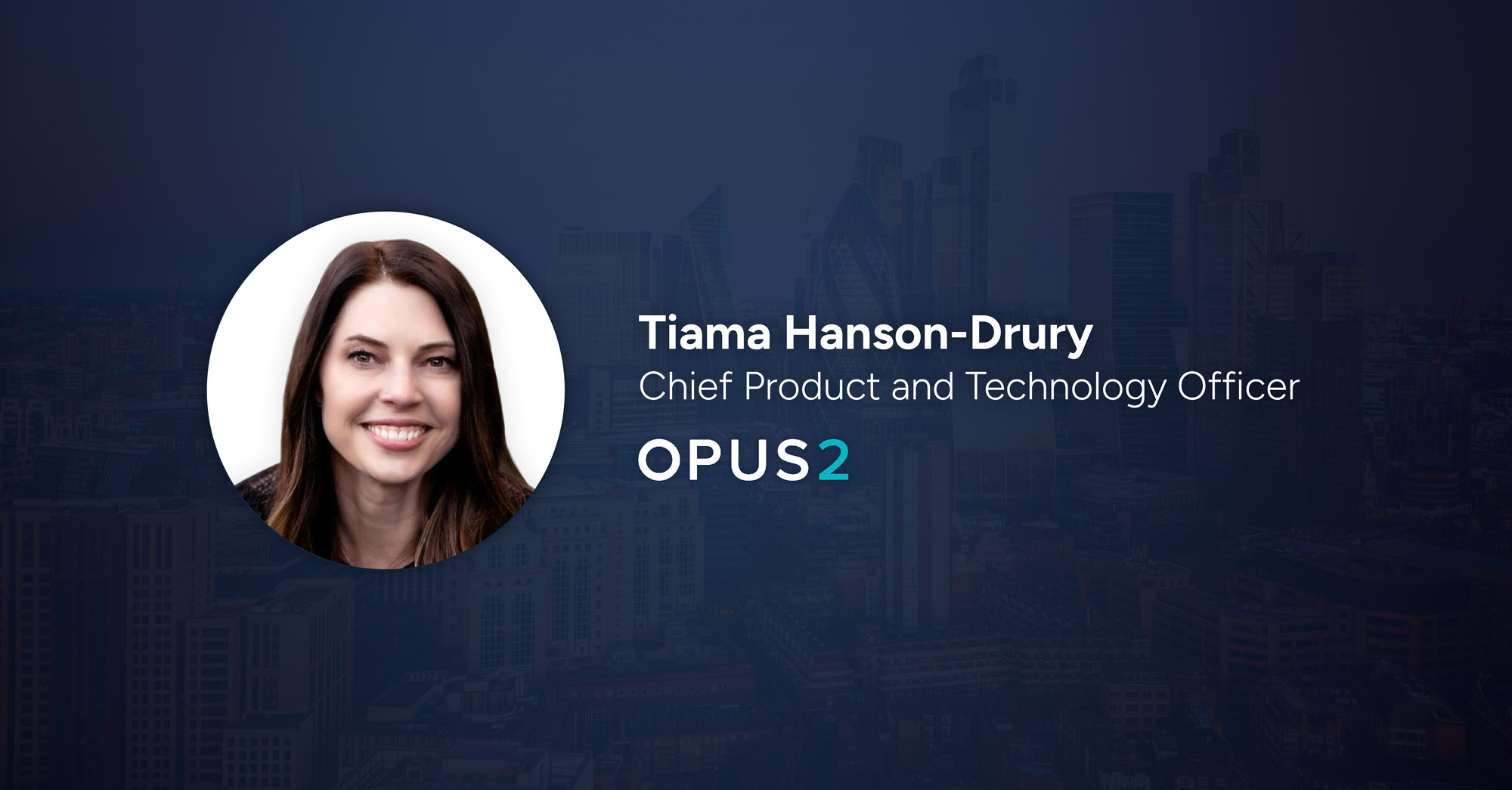Law firms that plan to increase litigation lawyer leverage in the next year, should invest in the right legal tech now. According to the Citi Law Firm Leaders Survey, around 62 percent of large law firms plan to increase their lawyer leverage by 2025. However, only one-third of firms plan to spend more on litigation support technology, according to a survey by U.S. Legal Support – making it unclear how they hope to accomplish their lawyer leverage goals.
Despite the ongoing hype about technology eventually replacing lawyers, it seems that law firms should be more focused on finding legal tech that solves everyday problems. When applied correctly, legal tech can increase lawyer leverage in ways that ultimately improve a firm’s bottom line.
But litigation firms looking to use legal technology to increase leverage should remember that simply investing in tech isn’t a magic solution. Without careful implementation and enablement, firms may face consequences ranging from lost ROI on tech spend to serious mistakes on client matters. Law firms that understand what tech can and can’t do and carefully measure efficiency and effectiveness will have more success than others.
5 common legal tech mistakes that impact lawyer leverage
1. Choosing technology that doesn’t fit
If technology is at the center of your law firm’s increased leverage strategy, selecting the right tech is a critical step. Taking the time to thoughtfully define the firm’s needs and seeking technology designed specifically for those processes will result in greater value than investing in the trending technology to “check the box.” Assess your firm’s pain points, how they interact with technology, and how new technology could create quantifiable efficiency.
Sample questions for assessing your legal tech:
- Are you hiring associates to your litigation team and need to quickly get them up to speed on matters? Does your current technology stack allow efficient access to evidence, transcripts, fact chronologies, and case timelines? Is work product siloed on individual servers and point solutions?
If the answer is yes, then consider whether implementing a modern case management solution (including the cost of the software and training) could streamline the process, onboarding new associates and eliminating frustration among the current litigation team when searching for information.
- Do your paralegals spend hours preparing electronic bundles for court, or managing exhibits and transcripts, including deposition designations? If yes, is there technology that could automate part of this process and save measurable amounts of time?
- Will new technology work seamlessly with any existing tech that’s well liked and utilized by your firm? 31 percent of law firm professionals who responded to Bloomberg Law’s 2023 Legal Ops and Tech Survey said one of the biggest barriers to legal tech adoption at their organization was that integration capabilities were neglected. Buying new technology that will sit in a box or remain siloed won’t help increase your firm’s efficiency, so consider what tech should stay or go when evaluating upgrades or additions.
Above all, if you can identify a potential technology purchase that eliminates one of your firm’s time-intensive pain points, you can start to build a path toward increased productivity. That path only leads to success if you can get people to use the technology, however. Which brings us to the next pitfall.
2. Overlooking training and user adoption
More than half (52 percent) who responded to the Bloomberg survey said a lack of tech savvy among users was one of the biggest barriers to legal tech adoption at their organization. Additionally, 38 percent said lack of familiarity with available technologies was a barrier to adoption.
But access to training is just one part of the process. In the same survey, 39 percent said that not having enough time to learn the technology negatively impacted adoption. Adding more training sessions to the calendar won’t change a lawyer’s perception that they can’t waste time sitting through tech training. Interestingly enough, that mindset can be a common equity partner consideration when debating whether to add associates to their team: Is the potential leverage worth the non-billable time I’m going to sacrifice for training?
While most firms seek references from current users about the functionality of a solution, it’s important to ask for references about training and adoption. Really push your vendors to give specifics about their training plans, timelines, and resources. That way you can define how training will take place and protect end users’ time while still making sure they understand important software workflows and functionalities.
3. Failing to measure ROI and value
As with any technology purchase, you need to establish metrics to measure impact. Is improved efficiency resulting in more capacity for productive work? Unfortunately, nearly half (47 percent) of law firm professionals said they weren’t sure if their organization had a formal process to evaluate their use of legal technology and more than one-quarter (30 percent) said their firm had no process to measure their legal tech value, according to Bloomberg Law’s 2023 Legal Ops and Tech Survey. Only 15 percent of respondents said their law firm determines the value of legal tech by measuring ROI, such as savings in non-billable time.
Some metrics your law firm could incorporate include:
- Average time to complete tasks
- Non-billable time reduction
- Number of automated tasks
4. Using legacy compensation and incentives
Law firms looking to increase leverage must recognize that traditional compensation and incentive models may actively work against their goals by rewarding billable hours instead of work outcomes. Effective models for added compensation and incentives could include:
- Client satisfaction
- Value created
- Premiums for specialized expertise
- Risk sharing
As big changes in legal technology ramp up due to AI, one important effect is changing expectations when it comes to billing. Clients do not want to pay for work that they know can be more efficient with new technology. Accordingly, firms will need to adjust to new client expectations when it comes to compensation and incentives.
At the end of the day, lawyer leverage is often about ongoing relationships with clients – those who understand the value a firm delivers based on efficiency will be more satisfied.
5. Overlooking your client experience
Too much efficiency can be a bad thing if your firm uses tech to the point that it deteriorates your personal client relationships. For example, adding new chat applications or trying to send information via systems can make client communication muddy and unhelpful.
Communicating through portals, emails, and messages can be incredibly effective, but make sure you have the right medium to fulfill client expectations. Importantly, don’t miss the opportunity to build stronger relationships with your clients using the time you’ve saved.
Conclusion
Responses to the Citi survey indicated that ongoing tech investments, including for cloud-based solutions and generative AI, will remain a key priority for law firms through 2025. Large firms that carefully consider their tech purchases — from intended outcomes, to implementation, to measuring success — will have a leg up on their competition when seeking to increase leverage and value delivered to their clients.

